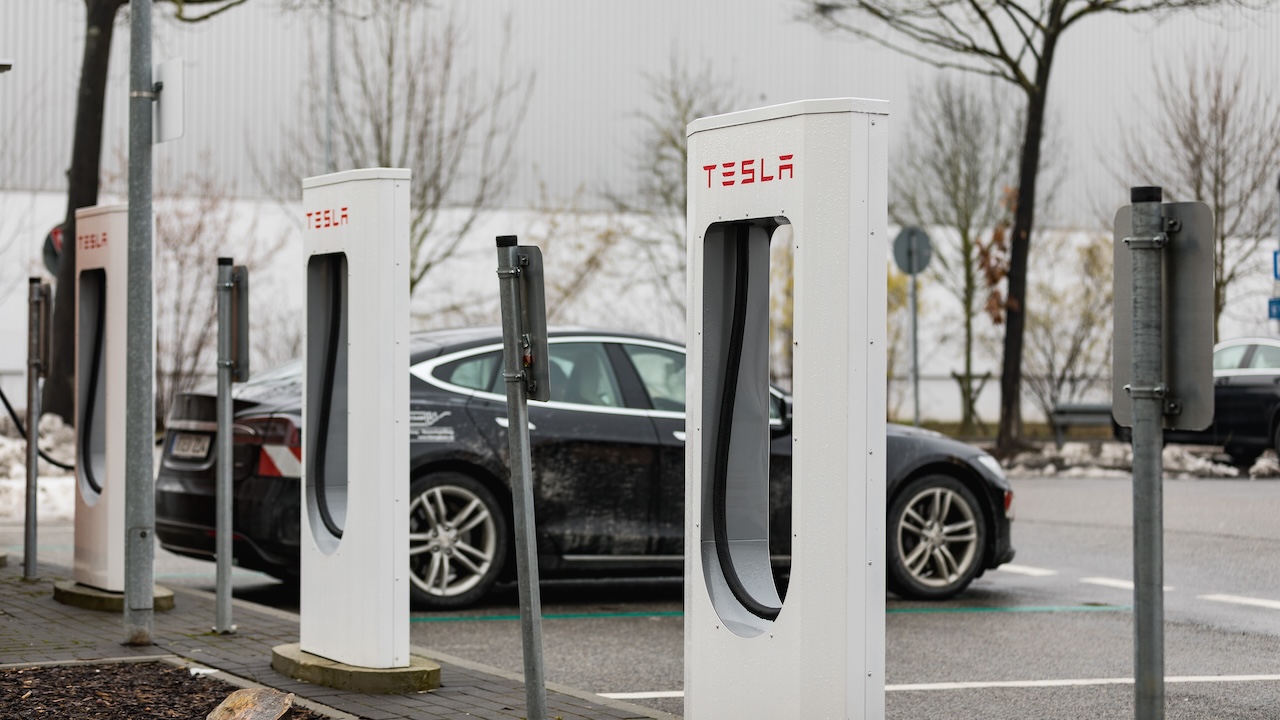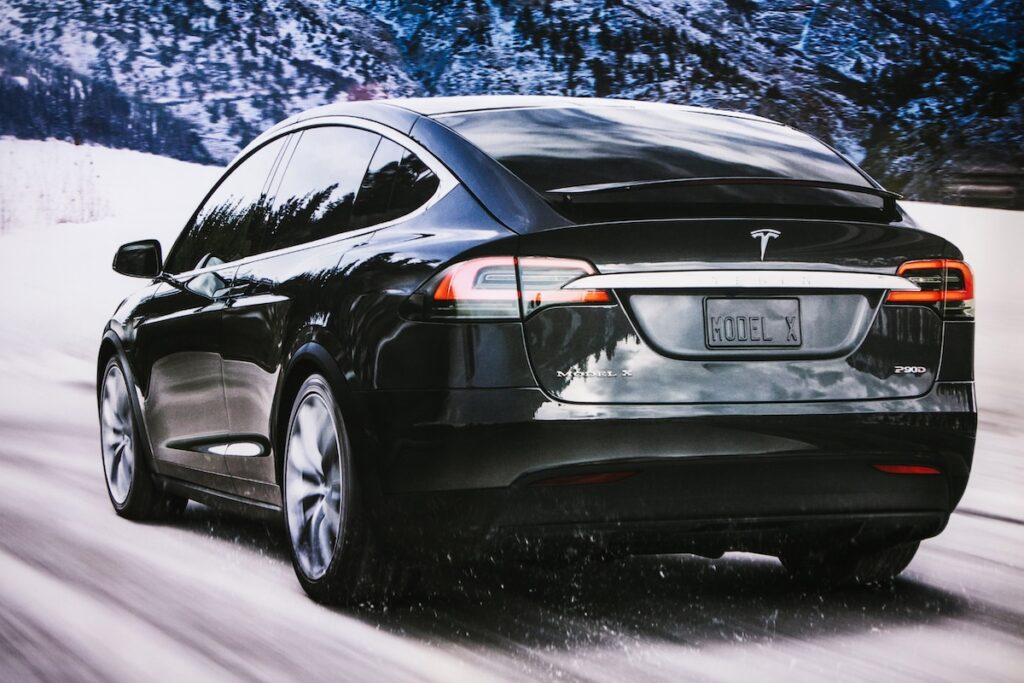The relationship between electric cars and cold temperatures has always been a challenge but, recently, what happened with the freezing temperatures recorded in Chicago in recent days and the cars Tesla raised further doubts and controversies. What happened really and what it can tell us about how to manage the electric cars with the Freddo?
Fox News 24 carefully documented what happened in Chicago: dozens of drivers found themselves struggling to recharge their vehicles at a fast-charging Supercharger station during a cold wave that hit the city and the entire region.
While the combination of freezing weather and electric vehicles is nothing new, the television report has brought to the fore a number of crucial issues that affect both drivers and Tesla.
What happened in Chicago?
Oak Brook, Illinois – a city on the border with Chicago – in recent days has seen the thermometer drop below zero for the first time in years: an exceptional event that has put both residents and drivers to the test. electric cars. This episode, in particular, highlighted how much the Freddo may affect the charging of the electric cars, giving rise to a number of inconveniences for Tesla owners. And not only.
According to the FOX report, public charging stations have become real “car cemeteries”: dozens of them Tesla stuck at the charging station with no intention of setting off.
The affair has predictably raised doubts about the stability of the charging infrastructure and, not to be underestimated, about the preparation of drivers. But what are the causes of this problem? And what can you tell us about how to manage them electric cars during the longer months cold?
Electric cars and cold temperatures
That the electric carslike the Teslathey may have problems temperature basse this is certainly nothing new: extreme cold, in fact, can freeze charging cables, connectors and other critical components of charging stations, including Superchargers. This can negatively affect the efficiency and performance of electronic components, leading to malfunctions or sudden shutdowns, such as those experienced in Oak Brook.
The complexity of the information must also be taken into consideration electric car batteries. Tesla, for example, uses two main types: Lithium-Iron-Phosphate (LFP) and Nickel-Cobalt-Aluminium (NCA). Both of these technologies are affected by cold temperatures, but LFP batteries are particularly sensitive in terms of energy loss when at rest and in the speed of charging. Visit a Supercharger station under conditions Freddo imposes the need to precondition the battery to avoid long waits.
This practice can consume 7.5 to 12 kilowatt hours, depending on defrosting needs and cabin temperature. However, if the risk of excessive battery drain is high, Tesla automatically stops this function, reactivating it only when you connect to the charging station.
Responsibilities
Tesla he pointed out that a certain amount of attention is also required on the part of drivers, which translates into being careful when they risk finding themselves at the mercy of Freddo and frost. In the specific case of the Oak Brooks drivers, they had just landed at Chicago O’Hare Airport, about 20 km from the Supercharger.
The cars, therefore, had remained parked and turned off for some time. But that doesn’t mean they didn’t consume energy. According to official Tesla documentation, cars consume about 1% of the battery per day when idle. However, if Sentry mode, which remotely monitors external conditions through the car’s cameras, is activated, the car can consume up to 15% of its battery capacity in 24 hours.
Those who leave this mode activated while parked at the airport may find themselves with a significantly lower battery when they return. This, combined with the Supercharger’s difficulties in operating in the middle of awave of frostresulted in images circulating on the web.
Not to mention the data recorded, for example, by the startup Recurrent in the winter of 2022-2023: the analysis revealed that the average autonomy observed in winter is equal to 70.3% compared to normal autonomy. A notable reduction due precisely to cold temperatures which don’t get along very well with electric cars.
Electric cars and cold: challenges and solutions
To face the winter challenges charging, you need to take a holistic approach. Charging infrastructure operators should implement weather protection measures, ensuring the functionality of the charging stations even in extreme conditions. Additionally, it is essential to educate drivers on best practices during cold weather, such as preconditioning batteries and paying attention to energy consumption during extended breaks.
At the same time, drivers must also take greater responsibility in managing charging stations, avoiding behavior that could damage cables or negatively affect the performance of the charging stations. Leaving cables exposed to the elements, such as in snow or ice, can cause problems that impact all users of Supercharger stations.
The experience of this episode highlights the need for continuous dialogue between producers of electric vehiclescharging station operators and drivers to improve the resilience of electric cars in adverse weather conditions and Freddo.

















Leave a Reply
View Comments